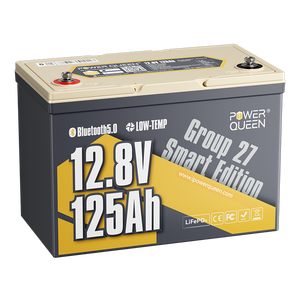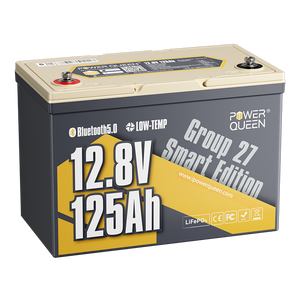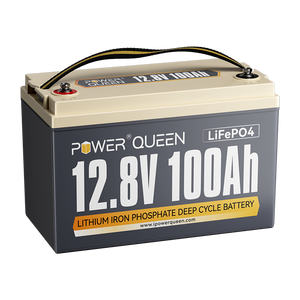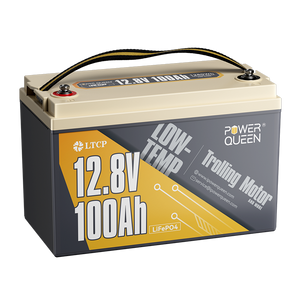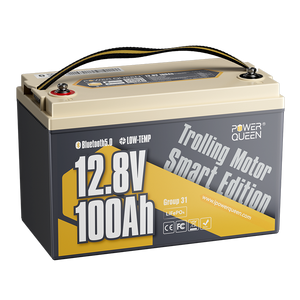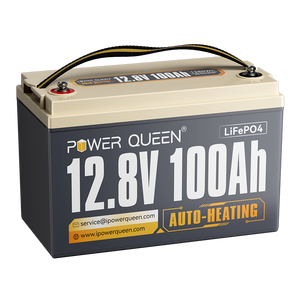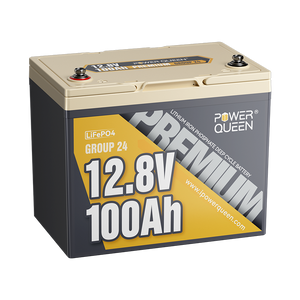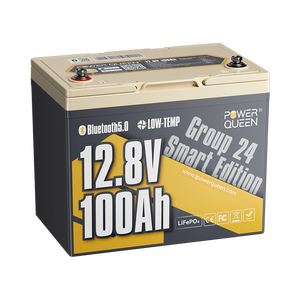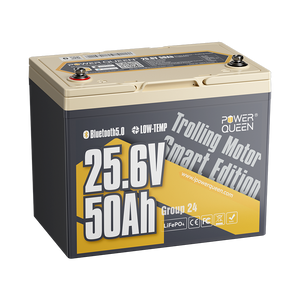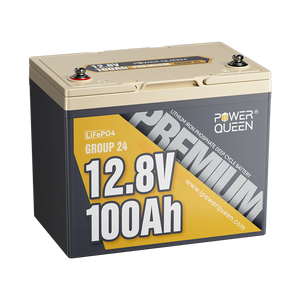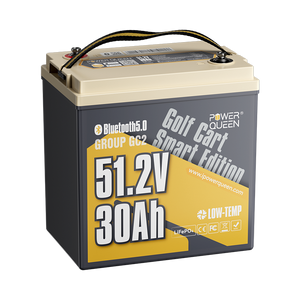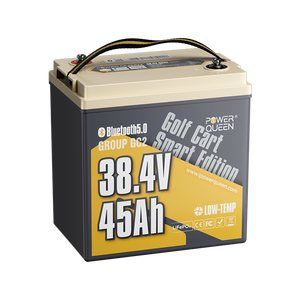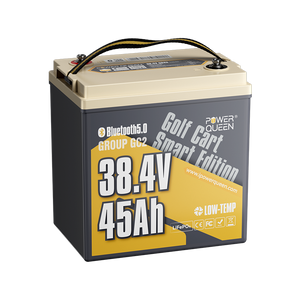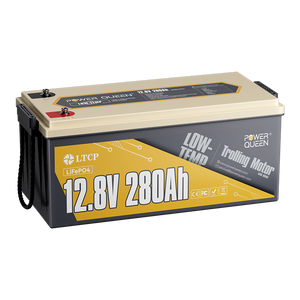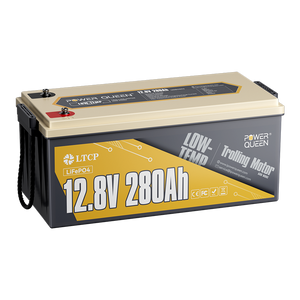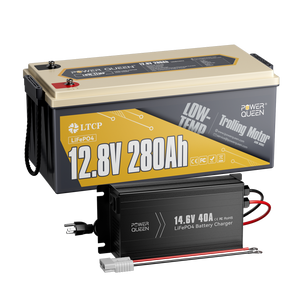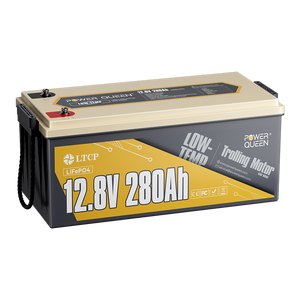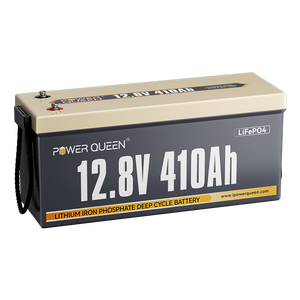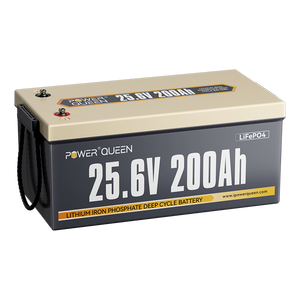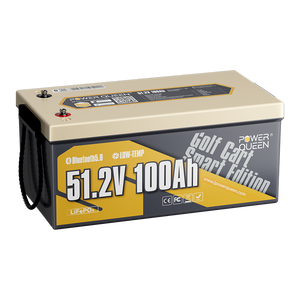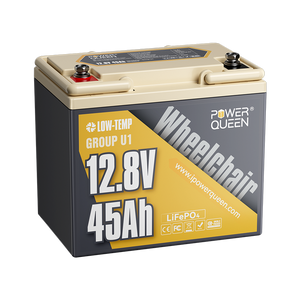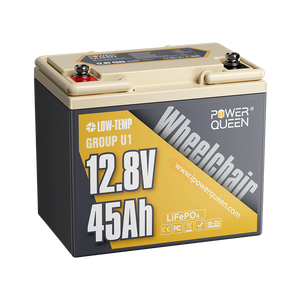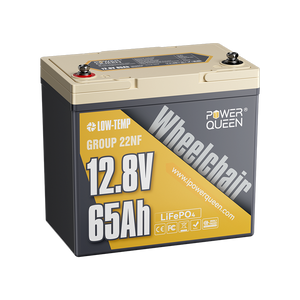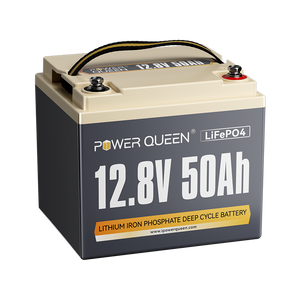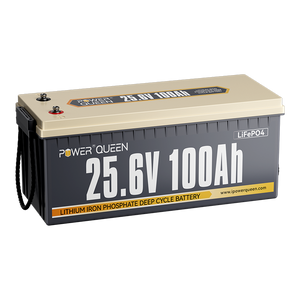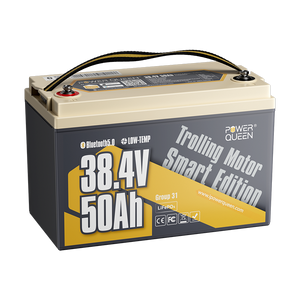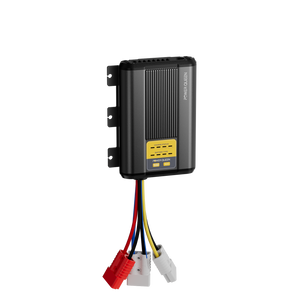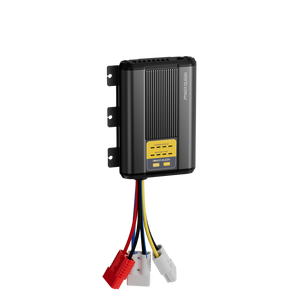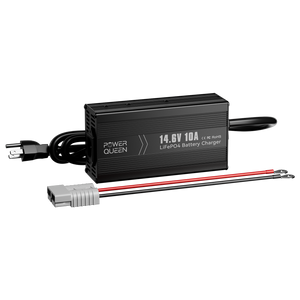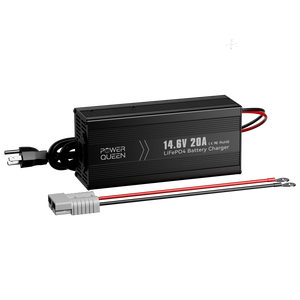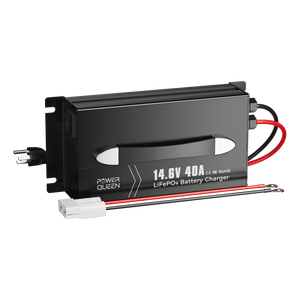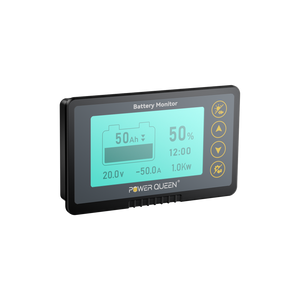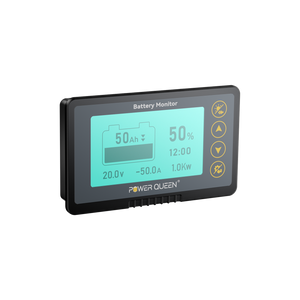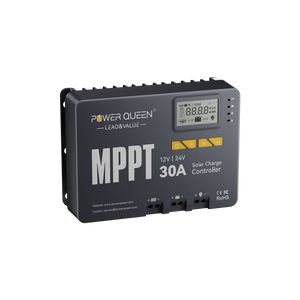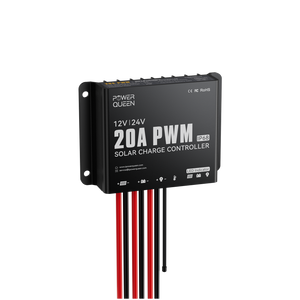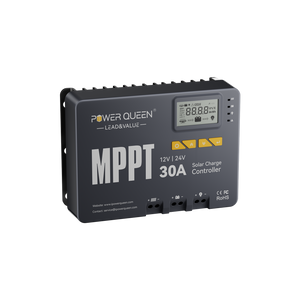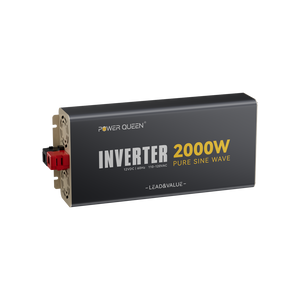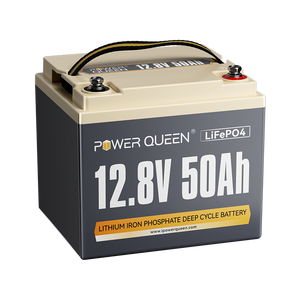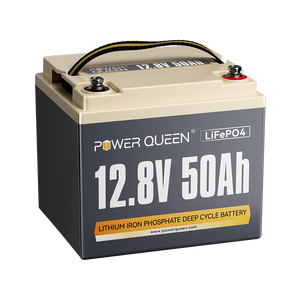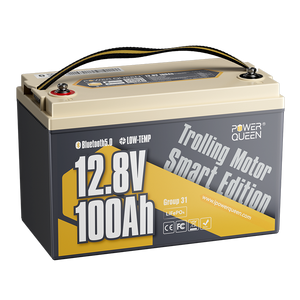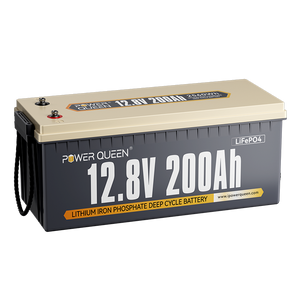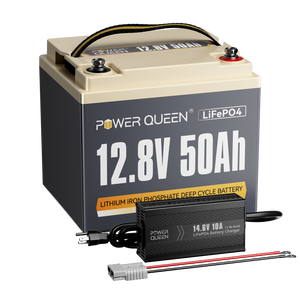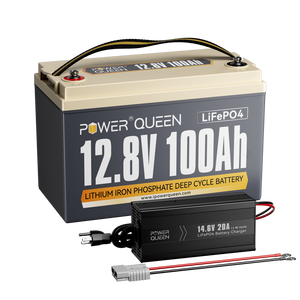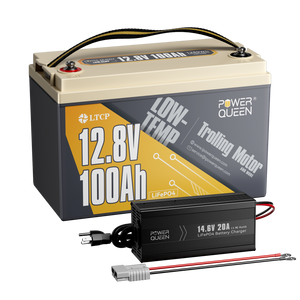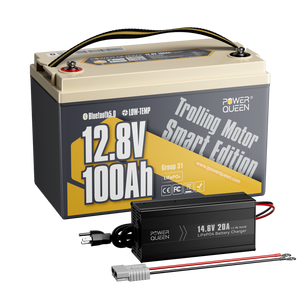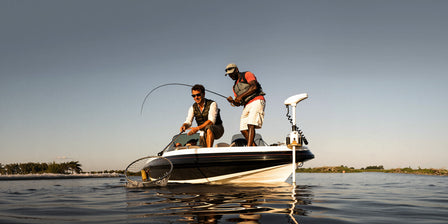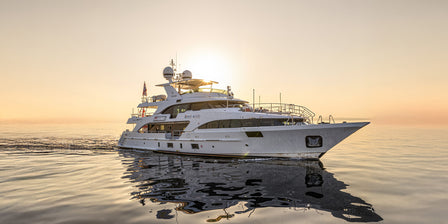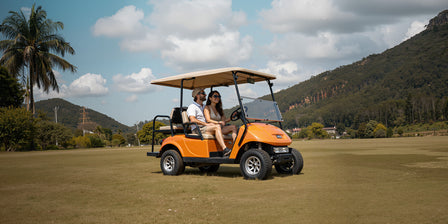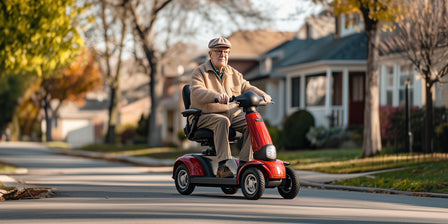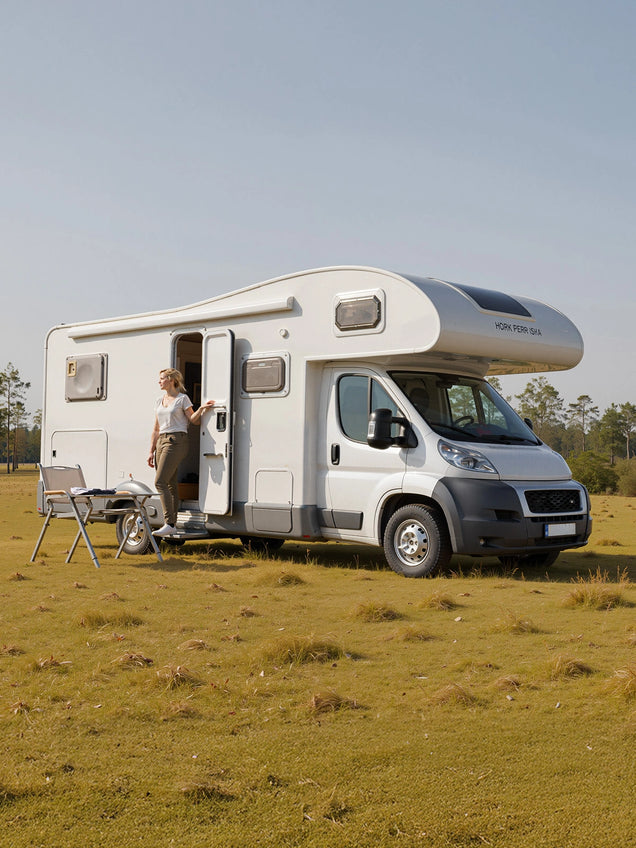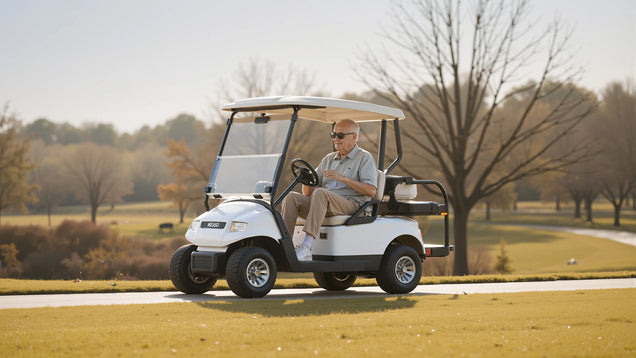5 Methods for Charging Trolling Motor Batteries While On the Lake
Trolling motors are crucial for anglers who need efficient and quiet propulsion on the water. However, keeping your trolling motor batteries—whether cranking or deep cycle—charged during extended fishing trips can be challenging.
In this article, we'll explore effective ways to charge trolling motor batteries while on the lake, helping you maximize your time on the water without worrying about battery depletion.
Table of Content
- Part 1. How To Charge Trolling Motor Batteries on the Water
- 1.1 Solar Panels
- 1.2 Utilizing an Onboard Charger
- 1.3 Invest in a Portable Marine Battery Charger
- 1.4 Implement a Dual Battery Setup
- 1.5 Utilize a Trolling Motor Alternator
- 1.6 Practice Energy-Efficient Trolling Motor Use
- Part 2. Upgrade Lithium Trolling Motor Batteries to Enjoy Extra-Long Experience
- Part 3. Conclusion
Part 1. How To Charge Trolling Motor Batteries on the Water
Picture this scenario: you're in the middle of a vast lake or ocean, and suddenly your trolling motor stops working. Upon checking, you realize that your battery is either low on charge or completely dead. What do you do next? This is a common frustration for many anglers, as a fishing trip can be abruptly halted due to a dead trolling motor battery. It can be disheartening to find yourself in such a situation without a way to recharge. However, there are methods available to revive a dead trolling motor battery.
1.1 Solar Panels
Solar panels are likely the best option for most anglers. Charging trolling motor batteries using solar panels while on the lake is a sustainable and convenient method to keep your batteries powered. Here's a simple guide to achieving this:
Choose the Right Solar Panel: Select a solar panel suitable for charging marine batteries, ensuring it has sufficient wattage to generate the required power for your trolling motor batteries.
Secure the Solar Panel: Position the solar panel on the deck of your boat, ensuring it receives direct sunlight. Keep it securely fastened to prevent movement while the boat is in motion.
Connect Charge Controller to the Batteries: Connect the charge controller to your trolling motor batteries using the appropriate wiring and connectors. This allows the solar panel to effectively charge the batteries without the risk of damage due to overcharging or improper voltage.
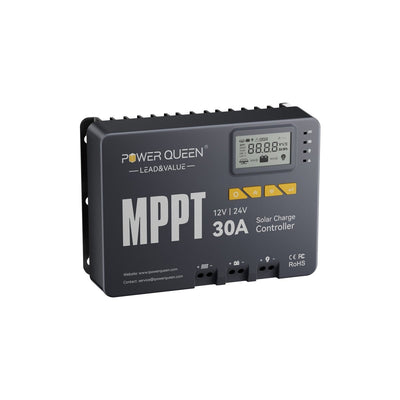

Connect the Solar Panel to a Charge Controller: Use a charge controller to manage the power flow from the solar panel to the batteries. This device prevents overcharging and regulates the voltage and current, protecting the batteries.
Monitor and Maintain: Regularly check the connections and the charge controller to ensure everything is functioning properly. Keep the solar panel clean and free from debris to maximize its efficiency in harnessing sunlight.
1.2 Utilizing an Onboard Charger
If your boat is equipped with an onboard charger, it’s an excellent solution for maintaining your battery system. An onboard charger remains connected to the batteries, effectively preventing the unwelcome surprise of a dead trolling motor battery.
1.3 Invest in a Portable Marine Battery Charger
A portable marine battery charger is an essential tool for charging trolling motor batteries while on the lake. Look for a charger specifically designed for marine batteries, as they are built to withstand the harsh aquatic environment. These chargers are typically compact, lightweight, and equipped with features suitable for use on boats. When selecting a charger, consider its amperage capacity, versatility, and compatibility with your trolling motor battery type.
1.4 Implement a Dual Battery Setup
Consider installing a dual battery setup on your boat to ensure continuous power for your trolling motor. This setup uses one battery to run the trolling motor while the other is reserved for charging. When the motor is not in use, the charging battery can replenish the power of the trolling motor battery. This method allows you to rotate the use of batteries, ensuring you always have a fully charged power source available.
1.5 Utilize a Trolling Motor Alternator
Some trolling motors are compatible with alternator systems that generate electricity as the motor operates. This electricity can be used to charge the trolling motor batteries directly, providing a convenient and efficient way to maintain their charge while on the lake. Trolling motor alternators are designed to integrate seamlessly with the motor's operation, enabling continuous charging without manual intervention.
1.6 Practice Energy-Efficient Trolling Motor Use
Conserving battery power is crucial for extending the runtime of trolling motor batteries while on the lake. Practice energy-efficient strategies such as using lower speed settings, maintaining a steady course, and minimizing abrupt changes in speed. By being mindful of your power consumption, you can prolong the usage time of your trolling motor batteries before needing to recharge them.
Part 2. Upgrade Lithium Trolling Motor Batteries to Enjoy Extra-Long Experience
Improving your trolling motor setup with lithium batteries can greatly enhance your experience on the water. Here are the key advantages and considerations for upgrading to lithium trolling motor batteries:
2.1 Benefits of Upgrading to Lithium Trolling Motor Batteries
Lightweight: Lithium batteries are generally lighter than traditional lead-acid batteries, reducing the overall weight of your boat and making transportation and handling easier. For example, the Power Queen 12V 100Ah lithium battery weighs only 22 lbs.
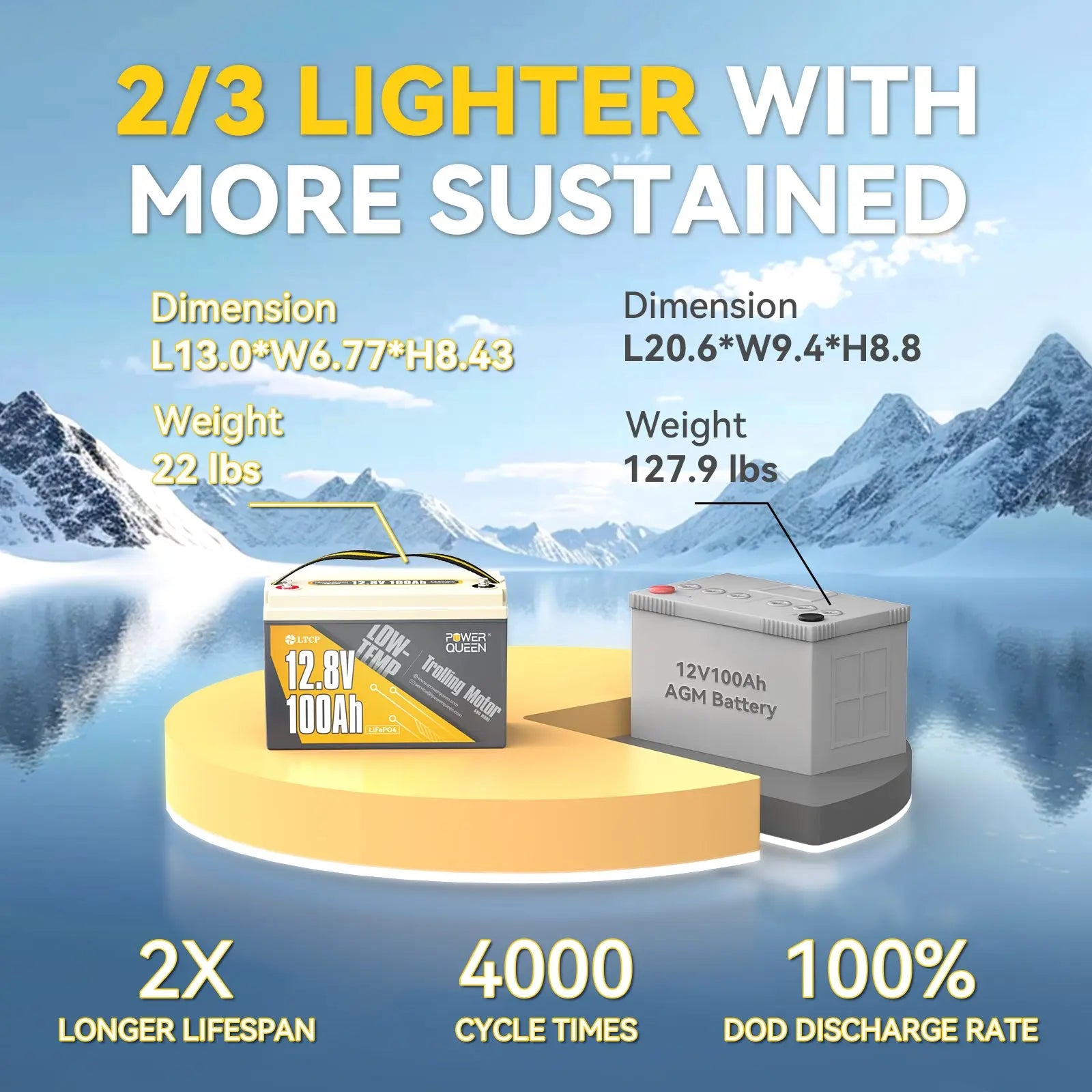
Greater Energy Density: Lithium batteries offer higher energy density, providing longer runtimes and increased efficiency compared to lead-acid alternatives. This allows you to stay on the water for extended periods without worrying about running out of power.
Faster Recharge: Lithium batteries typically charge more quickly than lead-acid batteries, resulting in shorter downtime between uses and enabling you to return to the water sooner. Read on How to Charge Trolling Motor Batteries for more information about charging trolling motor batteries.
Longevity: Lithium batteries have an extended lifespan and can endure a higher number of charge cycles compared to conventional batteries, offering greater long-term value. For instance, Power Queen lithium batteries boast a lifespan ranging from 4000 to 15000 cycles, indicating they can remain operational for over a decade.
Part 3. Conclusion
In summary, optimizing the charging methods for trolling motor batteries while on the water is crucial for maintaining an uninterrupted and enjoyable fishing experience. Whether you're using solar panels, onboard chargers, portable marine battery chargers, or innovative dual battery setups, there are various efficient strategies to ensure a continuous power supply for your trolling motor.
Moreover, integrating energy-efficient trolling motor practices and considering an upgrade to lightweight and high-performance lithium batteries such as Power Queen lithium trolling motor batteries can significantly extend your time on the water. These batteries offer extended runtimes, faster recharges, and long-lasting reliability. By adopting these charging solutions and exploring advanced battery options, anglers can enhance their boating experience and maximize their fishing time without worrying about battery depletion.
